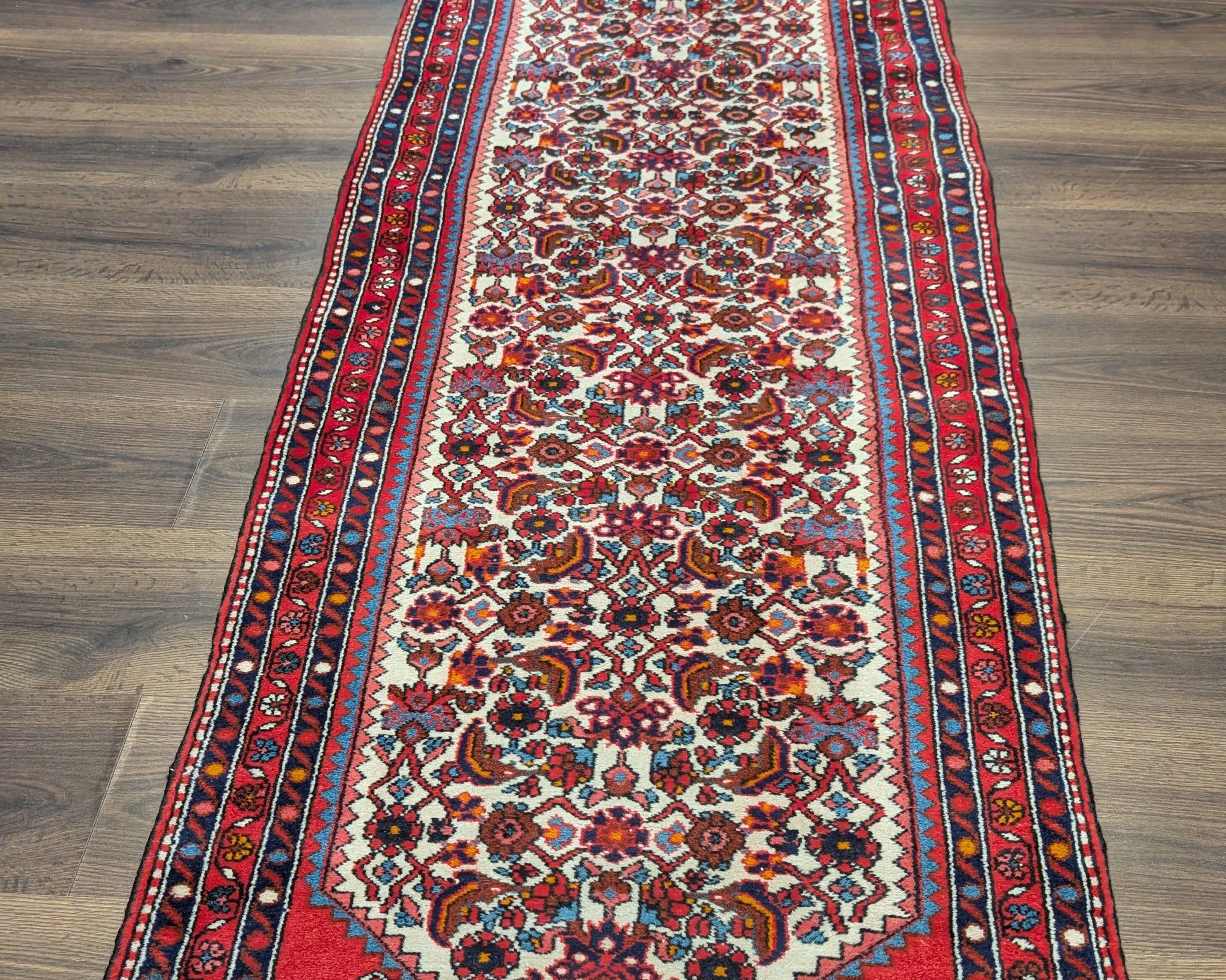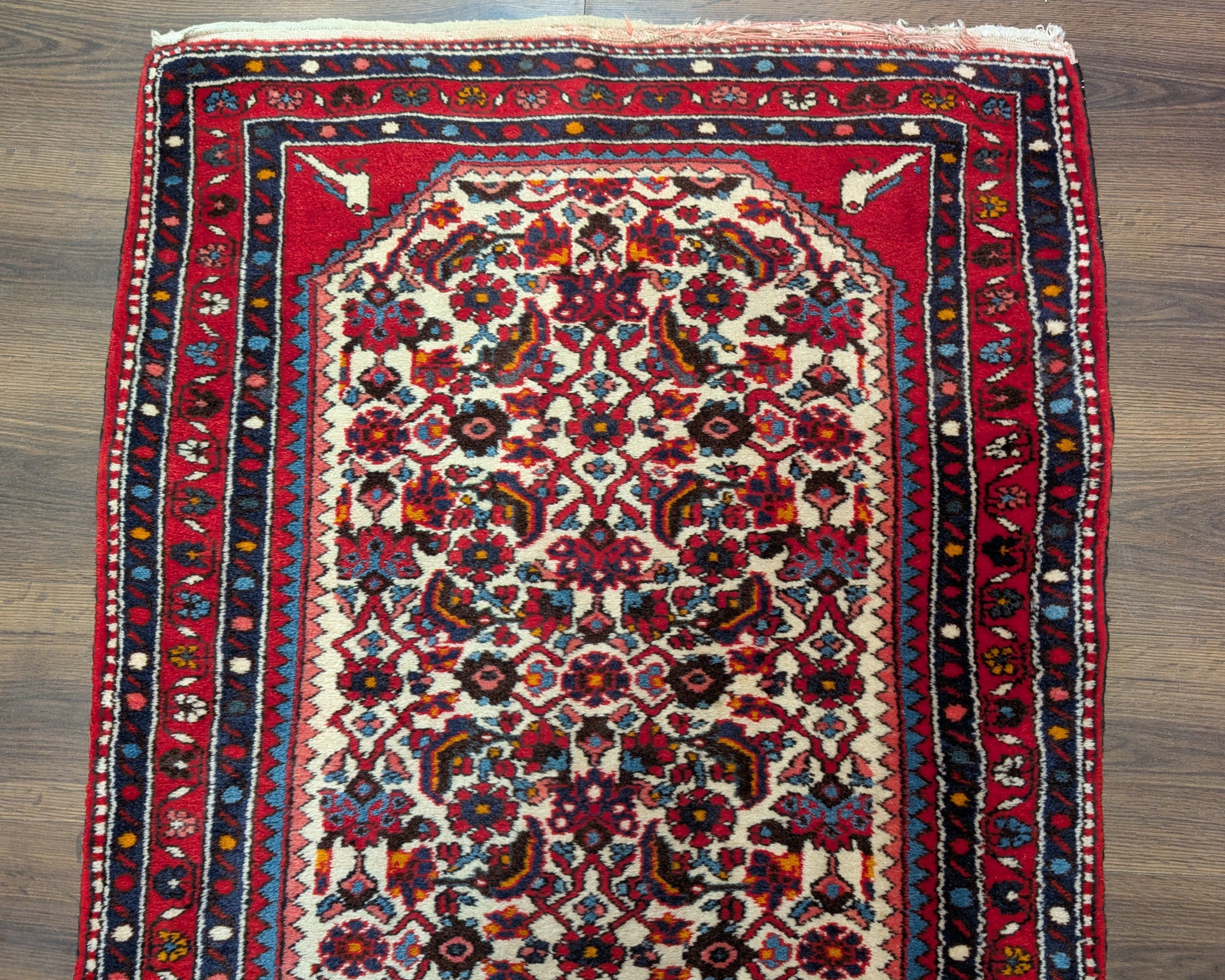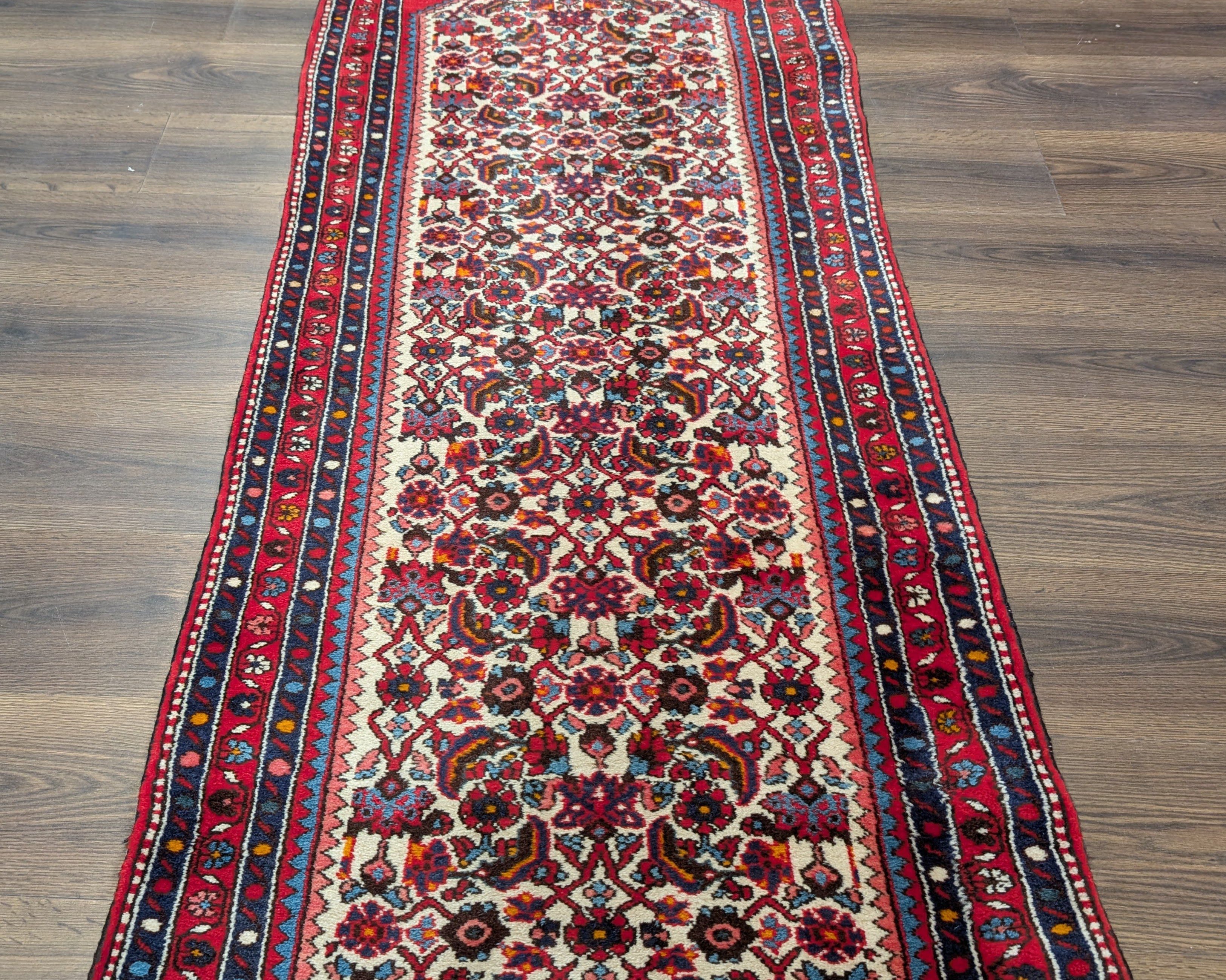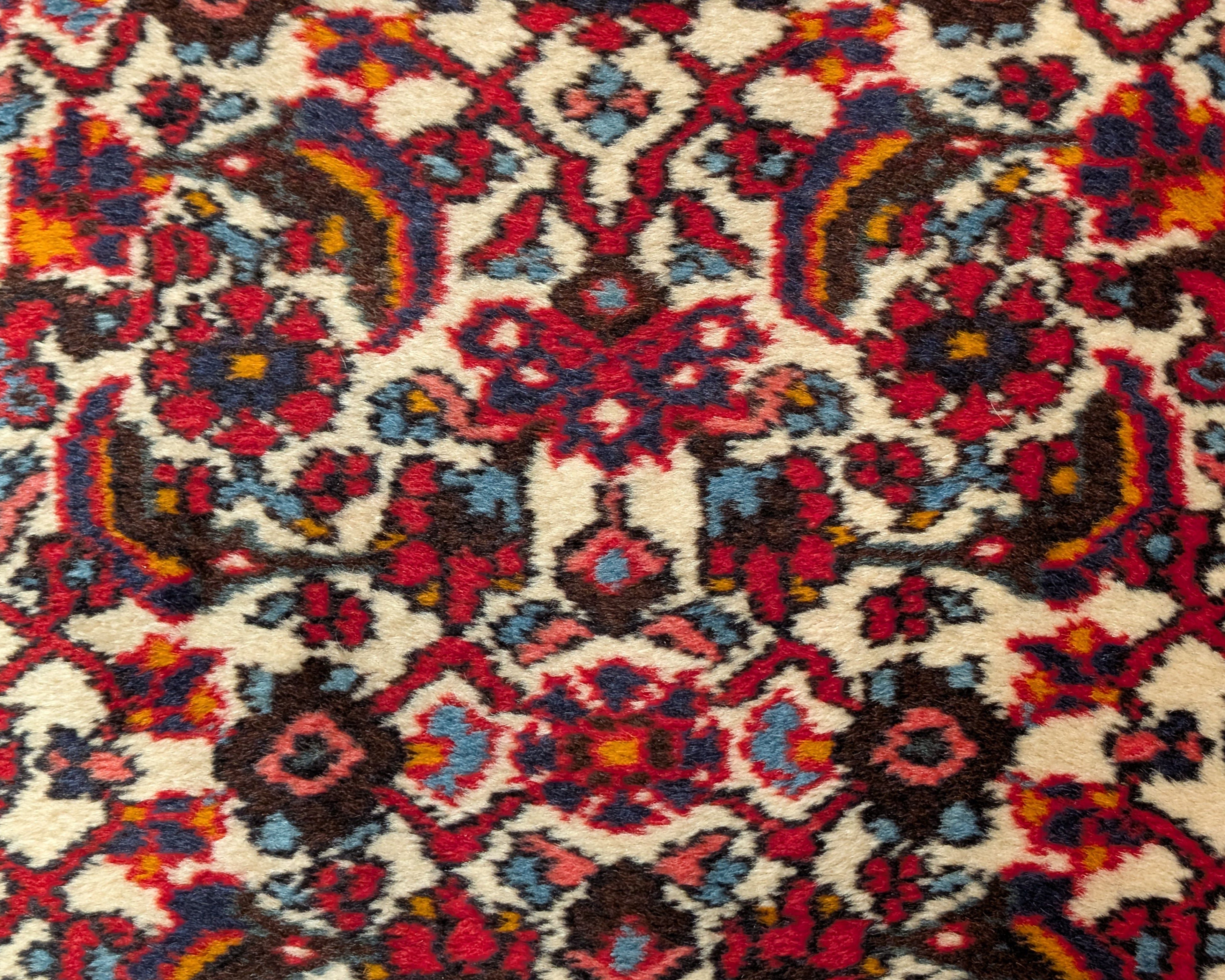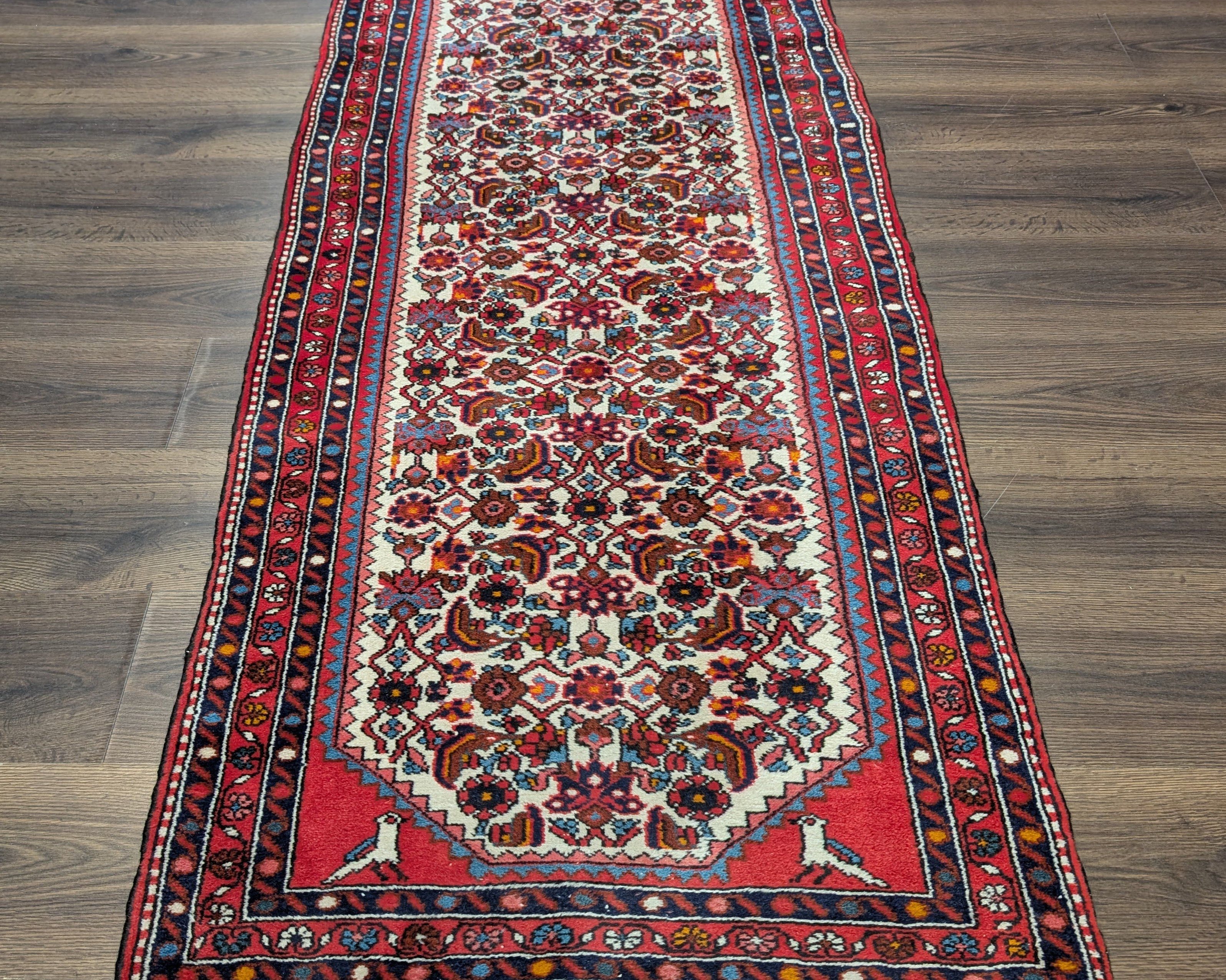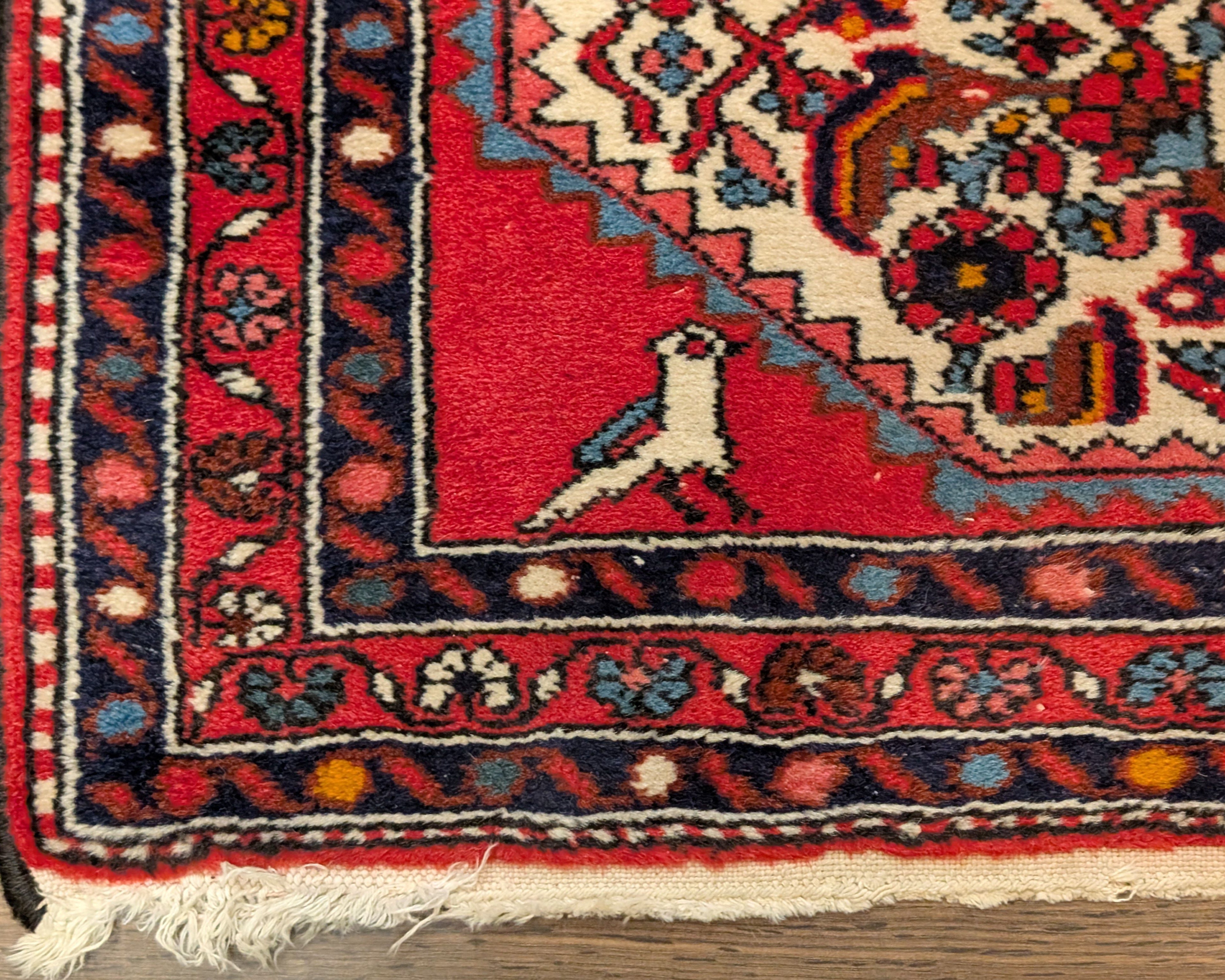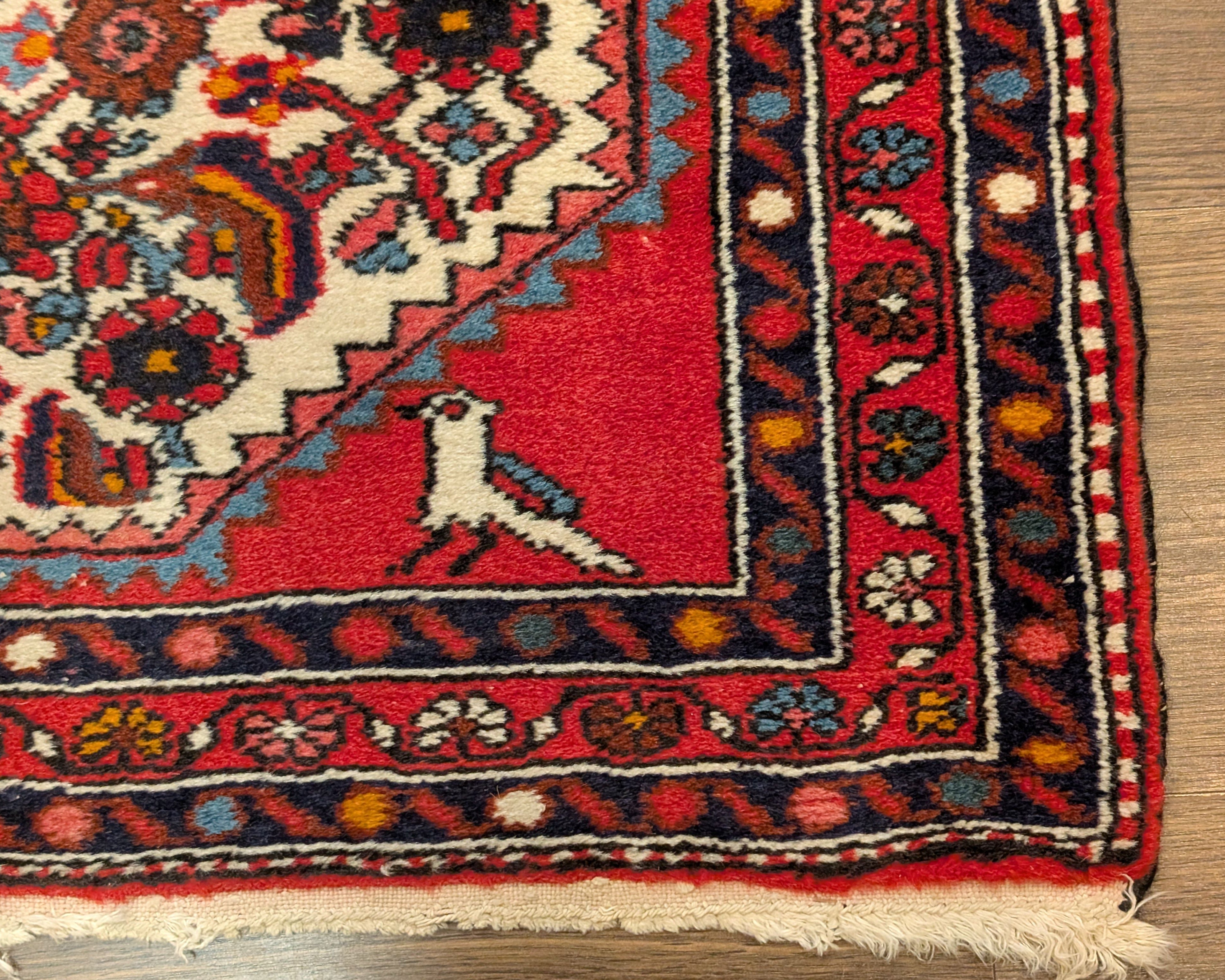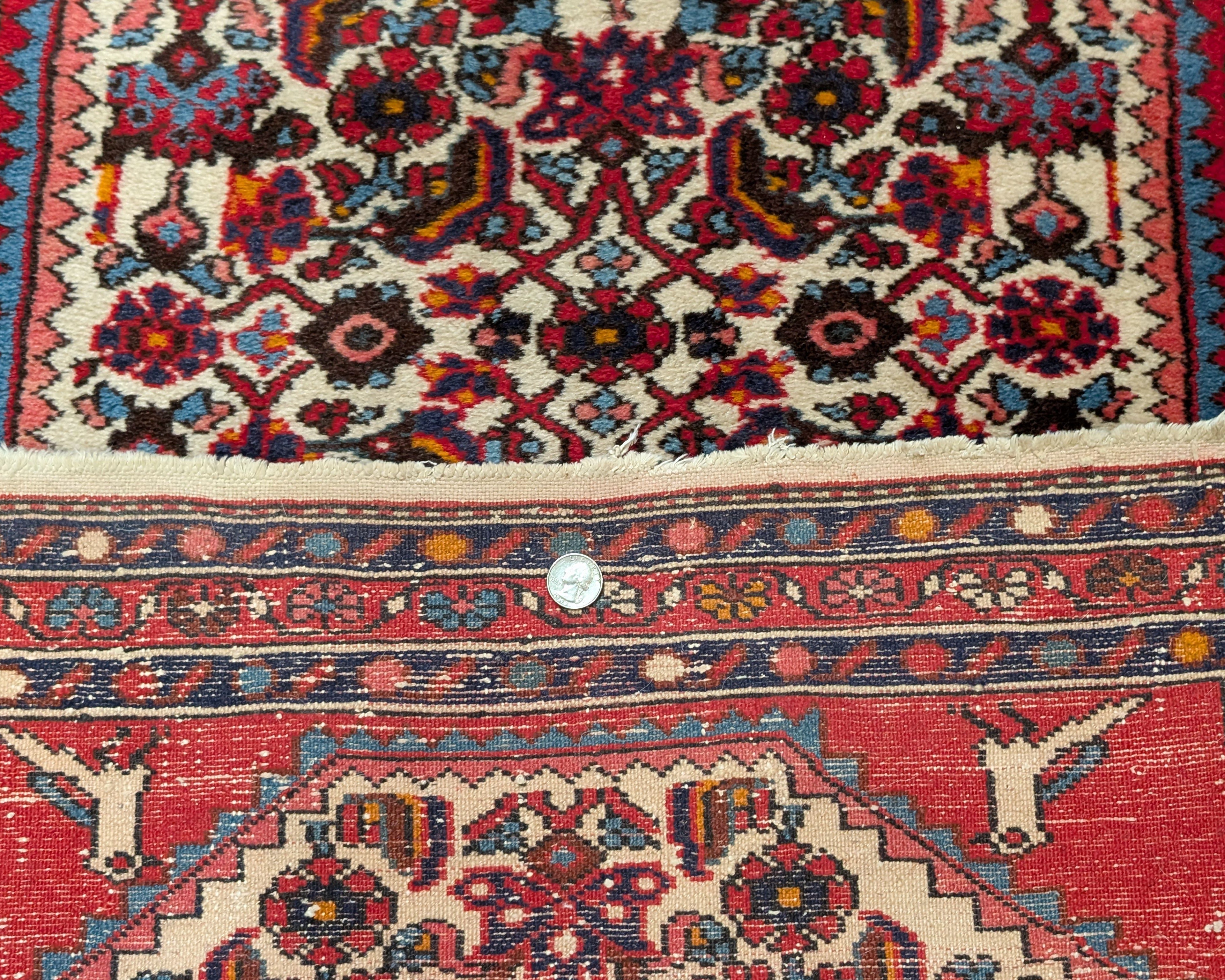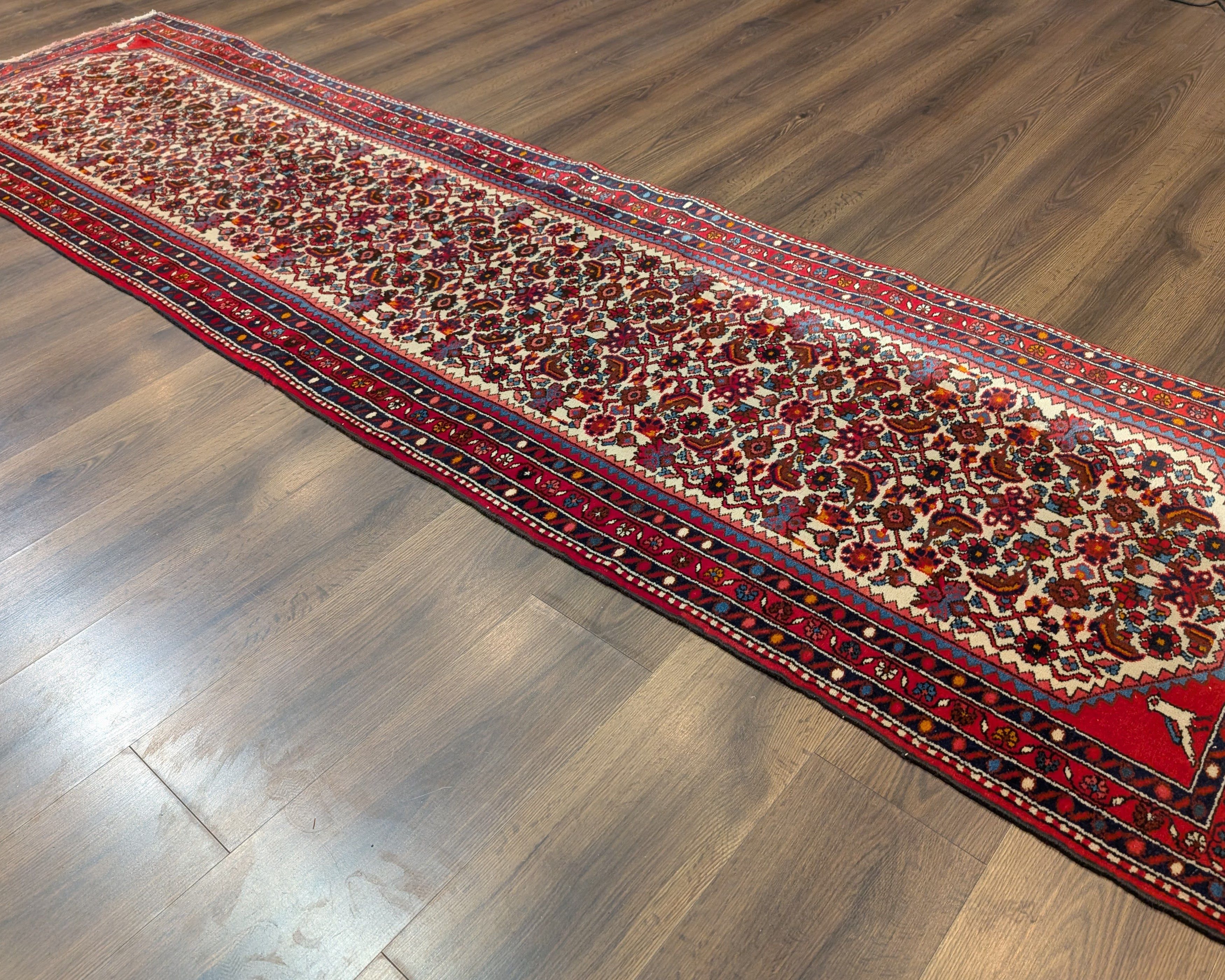What Are Hamadan Rugs?
Hamadan rugs come from one of the oldest and most diverse weaving regions in Iran. The term "Hamadan" refers not to a single design tradition, but to a vast network of over a thousand villages in and around the city of Hamadan in Western Iran—with each village producing rugs with its own distinctive motifs and colors. These are not city rugs woven in workshops, nor tribal rugs from nomadic groups, but rugs made by settled artisans in villages using traditional techniques passed down through generations.
Construction & Materials
Hamadan rugs are known for their single-wefted construction, a hallmark of the region. This method creates a durable yet slightly coarser texture compared to the finer double-wefted rugs from cities like Kashan or Isfahan. Most Hamadan rugs feature a cotton foundation and a wool pile—often with lustrous, high-quality wool sourced locally.
This makes them extremely durable and ideal for everyday use in high-traffic areas. They often display a slightly uneven look, which adds to their handmade appeal and authenticity.
Designs & Color Palettes
While styles vary widely depending on the specific village, common design elements include:
- Geometric medallions and allover patterns
- Herati (fish) motifs, often rendered with village flair
- Floral elements and angular vines
Color palettes tend to be bold and earthy—deep reds, blues, and ivories are prevalent, though some subregions favor softer hues or even pastels.
Village Subtypes Within Hamadan
Notable subtypes that fall under the broader Hamadan category include:
- Malayer – finer weave with elegant allover designs
- Lilian (Lilihan) – floral motifs with Sarouk influence
- Nahavand – bold medallions and heavy wool
- Tuiserkan – crisp geometric patterns with balanced colorwork
Each of these offers a different interpretation of Persian village weaving, yet they all share the hallmark durability and expressive charm of Hamadan craftsmanship.
Why Choose a Hamadan Rug?
Hamadan rugs are a gateway into the world of authentic Persian weaving. They are handmade, one-of-a-kind, and offer exceptional value. Their blend of rustic character and enduring quality makes them equally suited for traditional and eclectic interiors.
Whether you're looking for a conversation piece or a workhorse rug with soul, Hamadan rugs offer a rich combination of heritage, functionality, and style.
FAQs about Hamadan Rugs
Are Hamadan rugs tribal or village rugs?
Hamadan rugs are village rugs, not tribal. They are woven in settled communities rather than by nomadic tribes. While they may share some rustic design elements with tribal rugs, their construction and origin classify them firmly as village-made.
What makes Hamadan rugs unique?
Their strength lies in regional diversity. With over a thousand contributing villages, Hamadan rugs offer unmatched variety in design and color. Their single-wefted construction, bold patterns, and accessible pricing make them both collectible and practical.
Are Hamadan rugs good quality?
Yes—Hamadan rugs are known for their durability. Most are made with sturdy cotton foundations and thick wool piles, making them resilient and well-suited for everyday use.
What is the most common motif in Hamadan rugs?
The Herati pattern, featuring a diamond and stylized leaves or "fish" in the corners, is among the most common. You'll also find central medallions, floral sprays, and angular latticework depending on the village of origin.
How do Hamadan rugs differ from Malayer or Lilihan rugs?
Malayer and Lilihan are technically part of the greater Hamadan region but are often sold under their own names. Malayer rugs are typically finer and more intricate, while Lilihan rugs often show floral Sarouk-style designs. All are village rugs, but with distinctive weaving traditions.
Are Hamadan rugs more affordable than other Persian rugs?
Because they’re woven in large numbers and use a relatively simple single-weft construction, Hamadan rugs tend to be more accessible in price. However, older and more refined examples—especially from subregions—can still command significant value.












